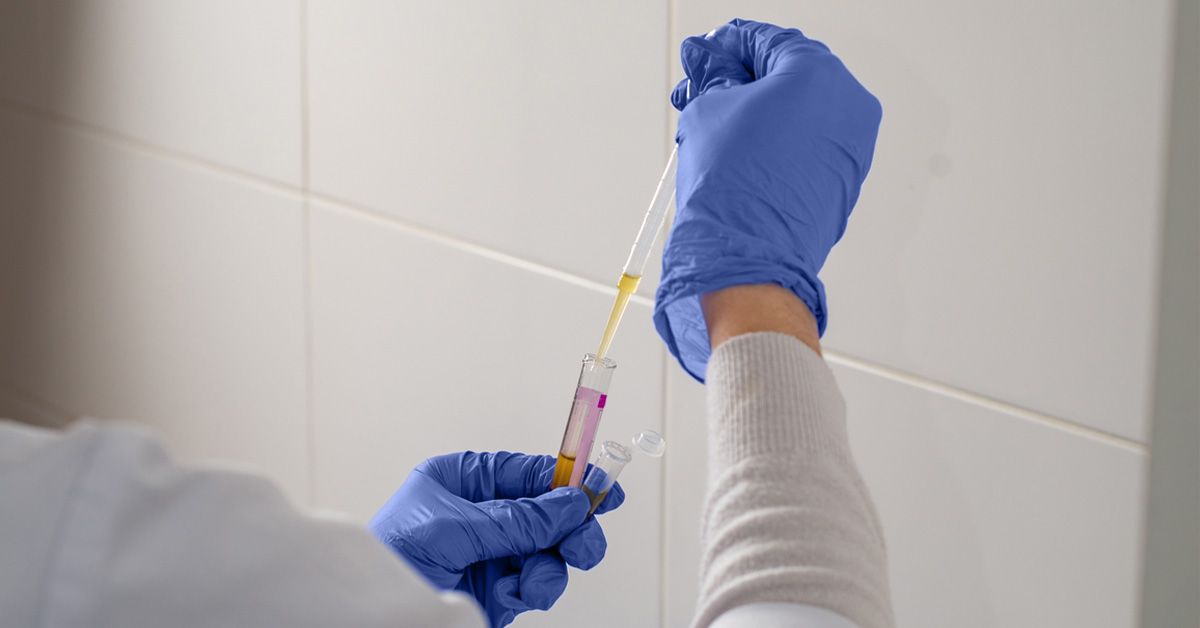Cholesterol Levels: A Game Changer in Predicting Coronary Artery Disease Risk
In a dimly lit hospital room in London, 55-year-old David Hastings gasped for breath, clutching his chest as paramedics worked frantically to resuscitate him. Despite being an active man who regularly exercised and maintained a healthy weight, David had never thought to have his cholesterol levels scrutinized beyond routine checks. His heart attack, unexpected and severe, sent shockwaves through his family and community, igniting questions about how something as simple as blood tests could have revealed his underlying risk for coronary artery disease (CAD).
The CAD Conundrum
Coronary artery disease, often termed the silent killer, arises when plaque accumulates in the coronary arteries. It leads to heart attacks and sudden cardiac events, making early detection paramount. The Centers for Disease Control and Prevention (CDC) estimates CAD accounts for nearly 697,000 deaths annually in the United States alone. A recently published study in the European Heart Journal underscores promising advancements in lipid testing that could revolutionize CAD screening protocols.
This comprehensive analysis examined the role of apolipoprotein B particles (apoB-P) and lipoprotein(a) in predicting CAD risk. Dr. Amelia Carter, a cardiologist at the Heart Health Institute in New York, emphasized, “Understanding the particle count of atherogenic lipoproteins provides a clearer picture of an individual’s risk for CAD. This could shift our approach to preventive measures significantly.”
What Are Lipoproteins?
Lipoproteins are carriers of fat in the bloodstream, with apolipoprotein B being a primary structural protein in atherogenic lipoproteins like low-density lipoprotein (LDL) and very-low-density lipoprotein (VLDL). The study revealed that measuring the concentration of apoB can offer insights that the traditional focus on total cholesterol levels misses.
Key Findings From the Study
- The total count of apoB-P particles emerged as the strongest lipid-related risk factor for coronary artery disease.
- One standard deviation increase in apoB-P is associated with a 33% higher risk of developing CAD.
- Elevated levels of lipoprotein(a) were found to independently correlate with increased CAD risk.
The research team, led by Dr. Jakub Morze at the University of Edinburgh, analyzed data from the UK Biobank, a comprehensive resource housing health information from over 500,000 participants. After excluding individuals with existing cardiovascular illnesses and those on lipid-lowering medications, their findings painted a stark picture of the inadequacies in traditional testing methods.
“For many patients, standard lipid panels may fail to identify those at high risk,” Dr. Morze noted. “Correction is imperative; the total count of apoB-containing particles matters more than previously understood.”
Examining the Influence of Particle Types
Interestingly, the study highlighted that while very low-density lipoproteins correlated with heightened CAD risk, an exceptionally high count of apoB-P neutralized this danger. Meaning, as the quantity of atherogenic particles surged, the individual risk became more masked by this elevated level, revealing a complex interplay between different lipid subtypes.
Furthermore, the data showed that triglyceride concentrations elevated the risk from VLDL and LDL particles, although the threat diminished at high apoB-P levels. Dr. George Lin, a lipid specialist at St. Thomas Hospital, provided his perspective: “The results indicate that focusing solely on LDL levels without evaluating apoB could lead clinicians astray. This knowledge is transformative.”
Implications for Clinical Practice
The study’s implications extend far beyond academia and clinical settings; they pose questions about the broader landscape of preventive cardiovascular medicine. As traditional lipid testing practices become antiquated, there is a burgeoning push towards integrating routine apoB and lipoprotein(a) screenings into common practice. Dr. Emily Thompson of the Westside Cardiology Group remarked, “This research encourages clinicians to adopt a more nuanced approach toward cardiovascular risk assessment. It’s about bringing precision to preventative strategies.”
Moreover, experts advocate screening for lipoprotein(a) to capture individuals who carry significant risk but might otherwise slip through the cracks of conventional testing. “The importance of lipoprotein(a) cannot be overstated,” affirmed Dr. Ni, a board-certified cardiologist. “It’s an essential marker for risk that often goes unmeasured.”
Challenges and Future Directions
Despite the promise of these findings, challenges remain. The study primarily involved a homogenous population largely devoid of ethnic diversity, raising concerns about the applicability of results to more varied demographic groups. Furthermore, self-reported data might impact the reliability of health metrics, presenting barriers to generalization.
Dr. Morze and his colleagues note that further research is necessary to explore the true effects of specific lipoprotein subclasses on CAD risk in diverse populations, as well as potential confounding factors not captured in the current analysis. As healthcare shifts toward personalized medicine, these studies could redefine standard wellness screenings, helping to tailor interventions more effectively.
As David Hastings slowly regained his strength and began to reconsider his approach to health, he learned about the potential importance of apolipoprotein testing. “If I had known how vital it was to check my lipoprotein levels, I might have made different choices,” he reflected. With an evolving understanding of lipidology at our disposal, healthcare providers are on the brink of a pivotal transition, pushing to avert future tragedies by catching warnings in bloodlong before they escalate into critical crises.
Image Source: www.medicalnewstoday.com


